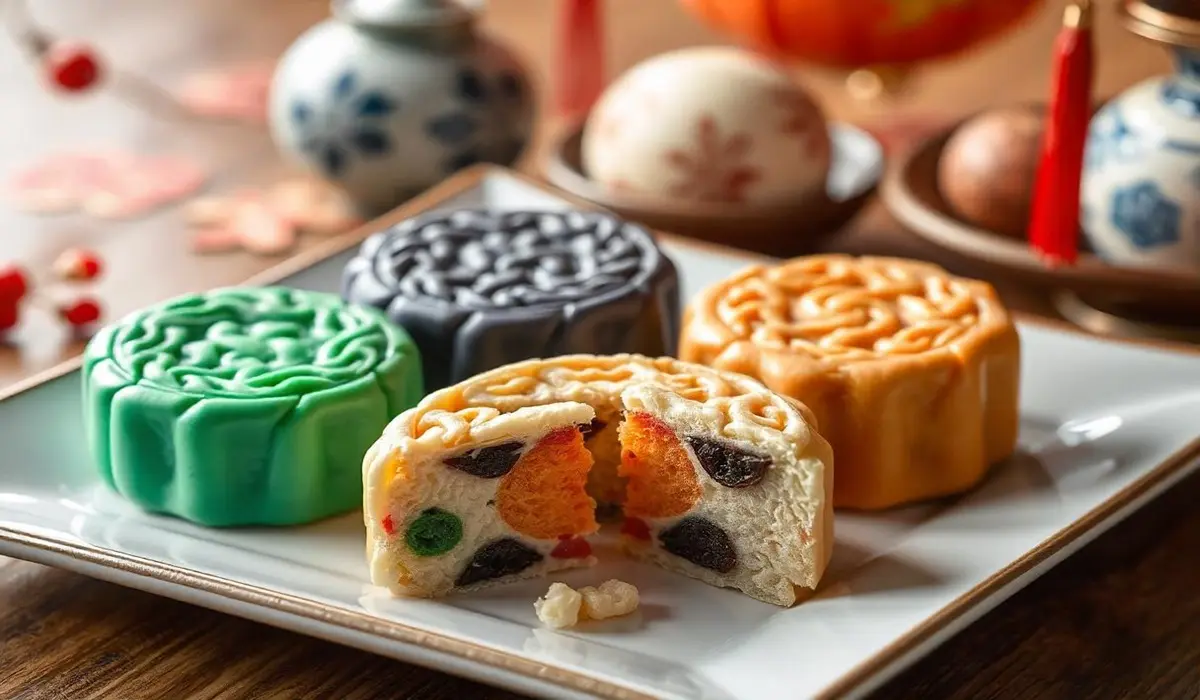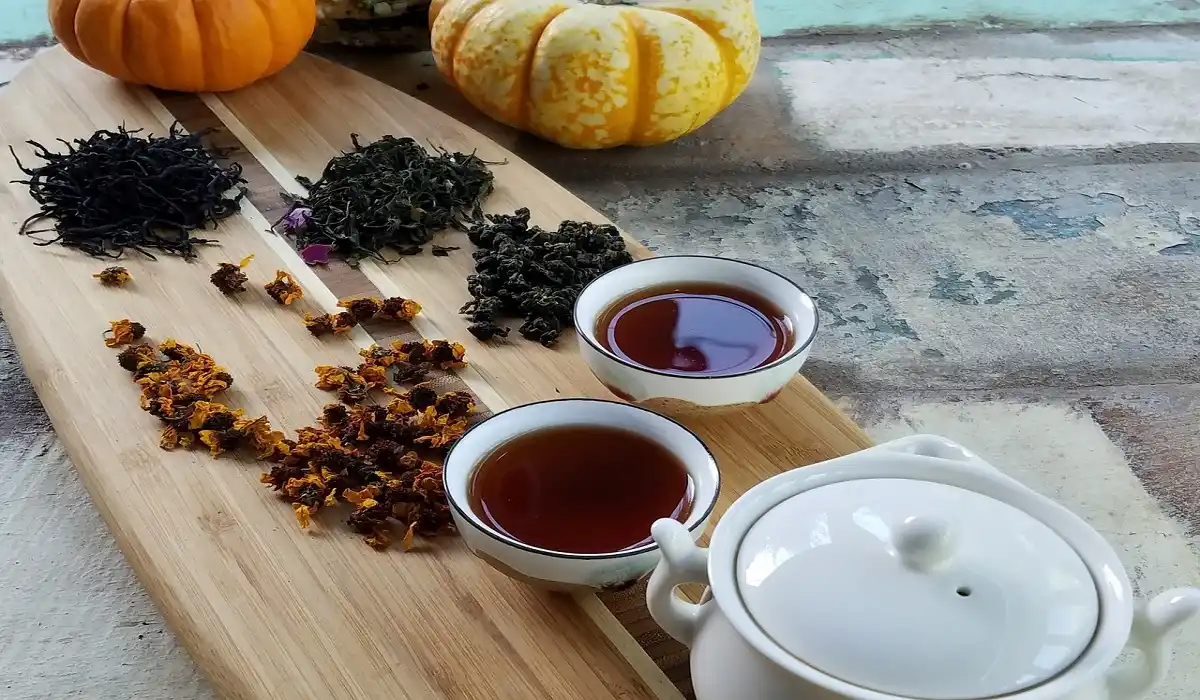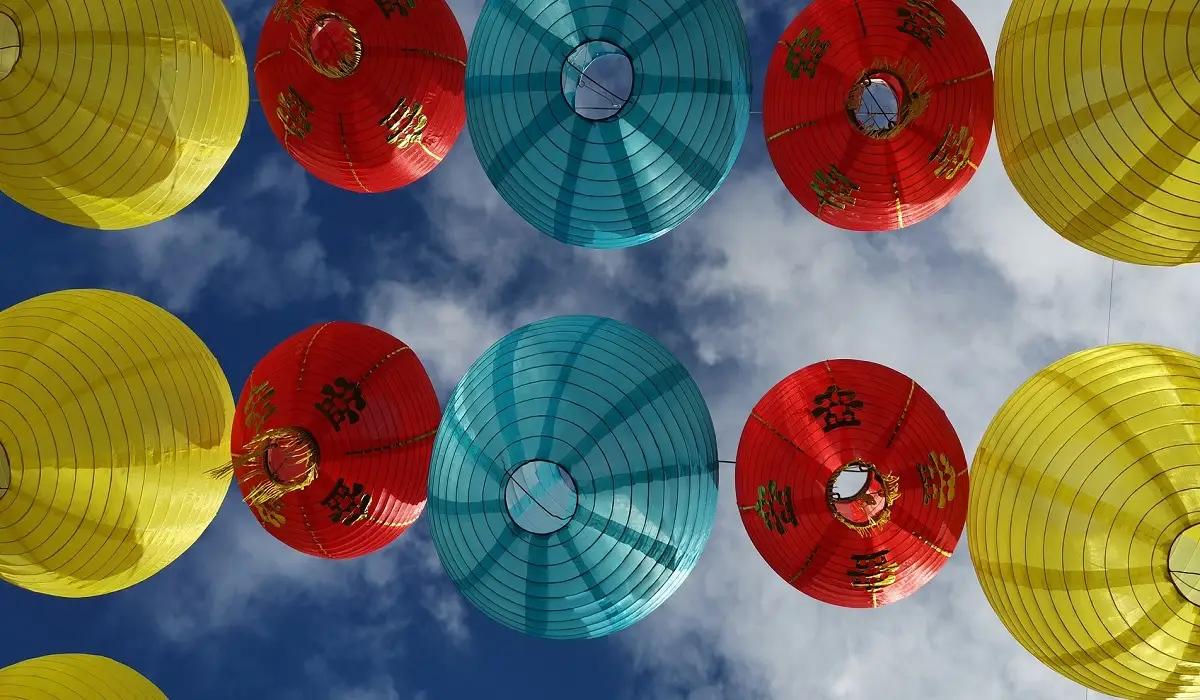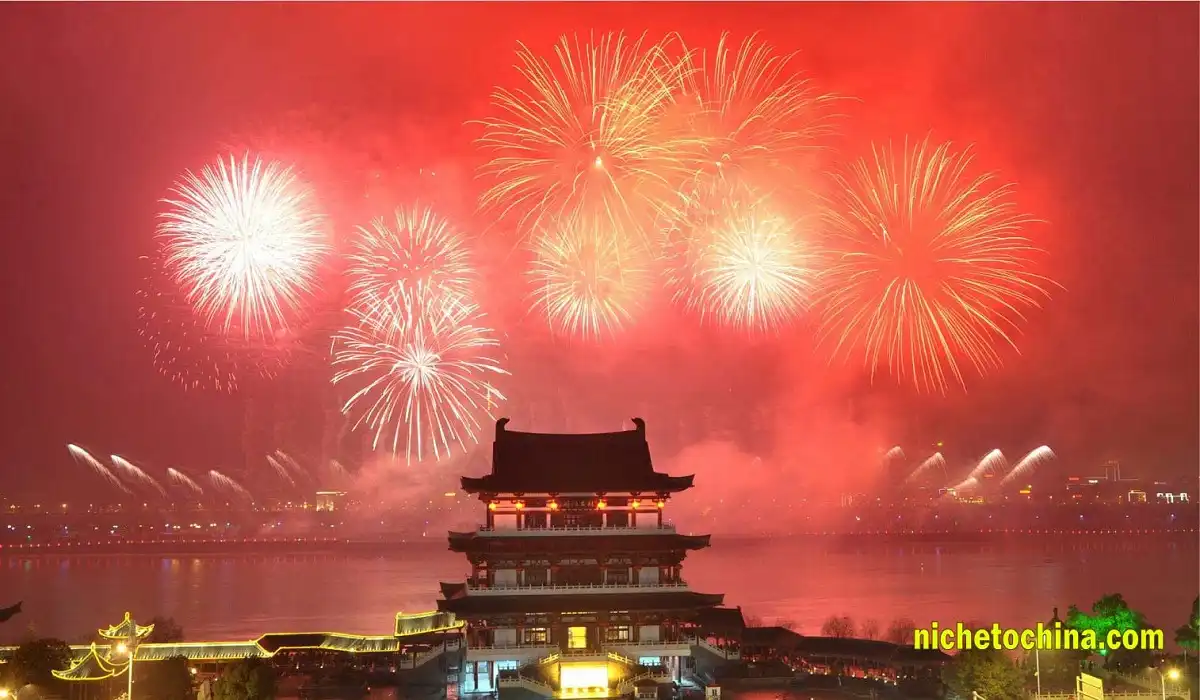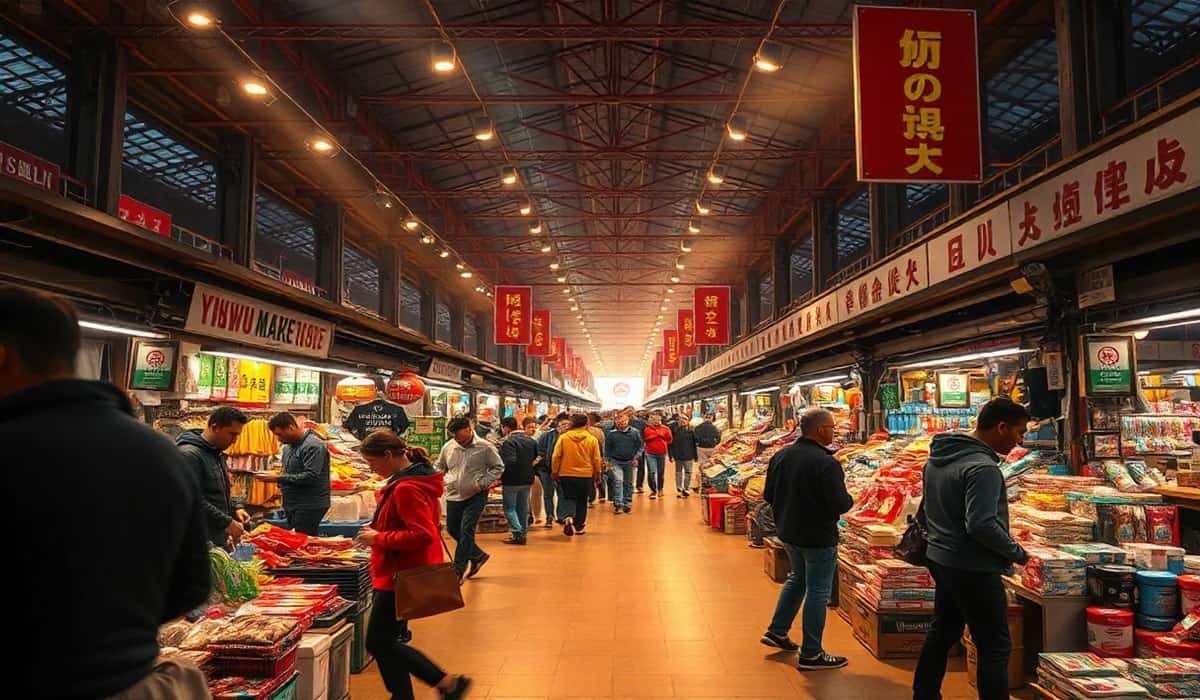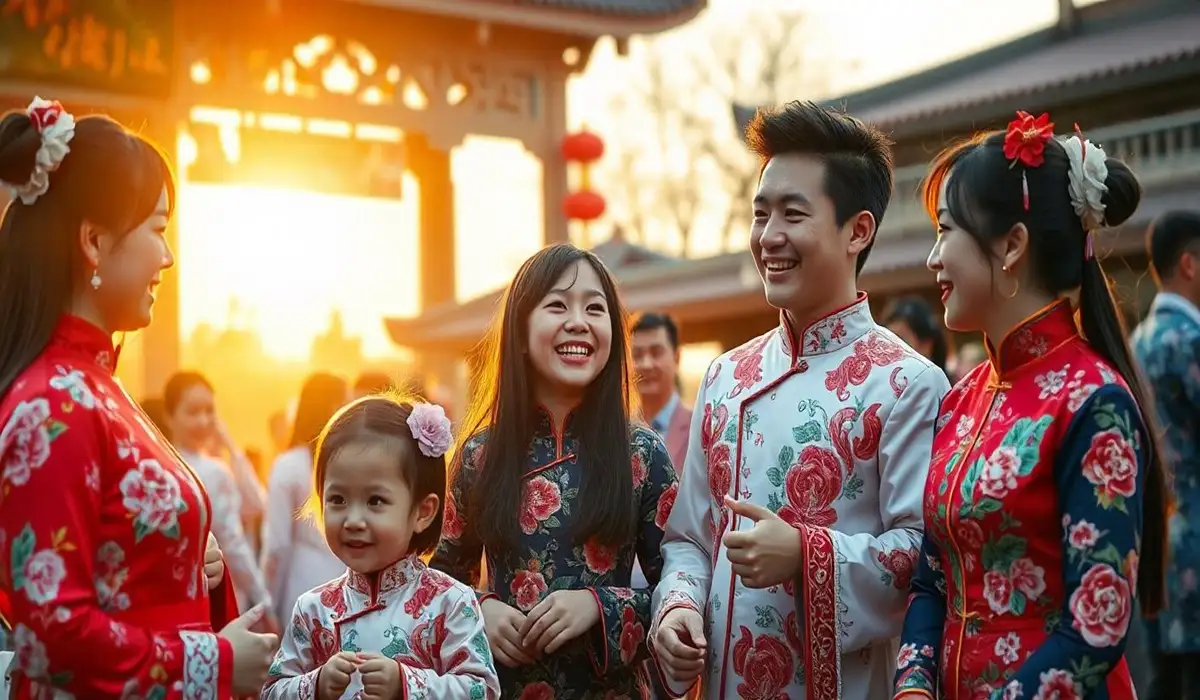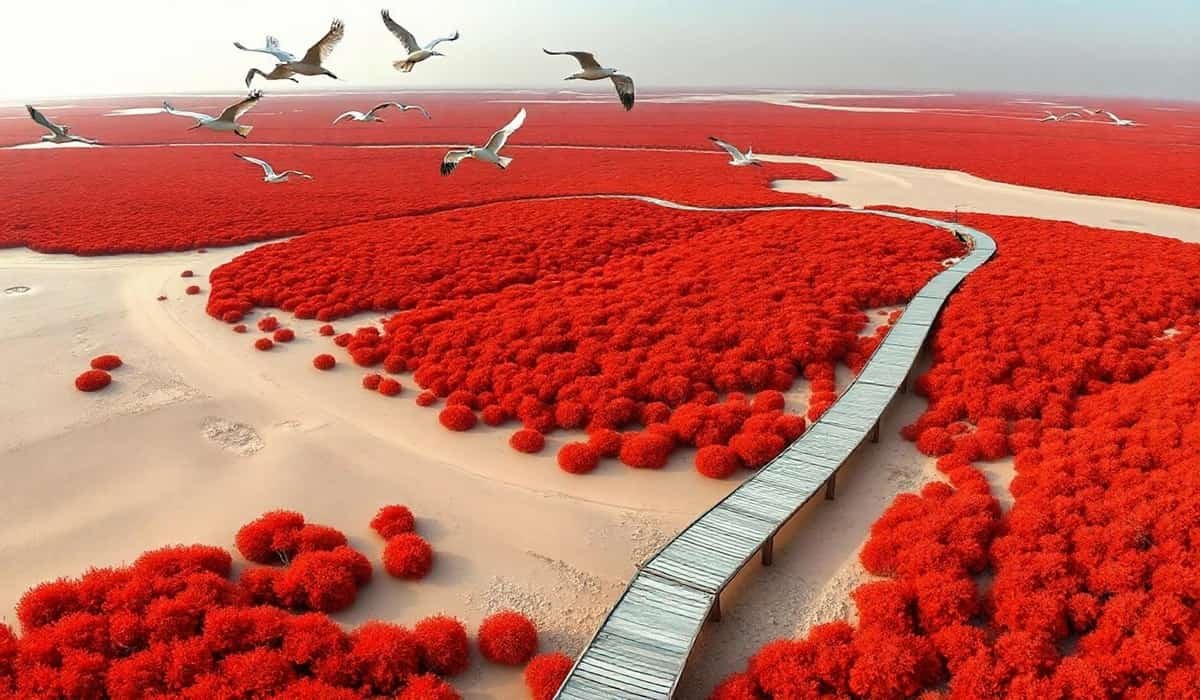Ever wondered why Chinese moon cakes are so special during the Mid-Autumn Festival? These tasty treats aren’t just about great flavors—they’re a big part of a cherished tradition. Moon cakes come in many varieties, each with unique fillings and designs, and they symbolize family unity and celebration.
In this article, we’ll dive into the history of moon cakes, explore different moon cake recipes, and explain why they’re a key part of the Chinese Moon Cake Festival. Whether you’re looking for a classic Chinese moon cake or a modern twist, you’ll find all you need to know right here.

Moon cake
The Historical and Legendary Origins of Moon Cakes
Chinese celebrations often fall into four categories: historical events, myths and legends, ancestor and deity worship, and marking the start or end of the year. The Mid-Autumn Festival stands out because it touches on both historical and legendary themes.
One significant historical event associated with this festival is the 14th-century uprising when the Chinese overthrew the Mongol rulers. According to legend, rebels used moon cakes as a covert method to communicate their plans. They concealed messages calling for revolt inside these moon-shaped pastries, filled with sweet ingredients. This clever tactic made the moon cake a symbol of resistance and unity, leading to its association with the festival. Despite its deep-rooted tradition, the exact origins of this custom remain shrouded in mystery.
The Historical Connection: A Secret Uprising

One of the most fascinating stories tied to the Moon Cake Festival dates back to the 14th century, during the Yuan Dynasty, when China was under Mongol rule. The Chinese people, unhappy with the oppressive Mongol rulers, were planning a revolt. However, it was difficult to communicate these plans without raising suspicion.
Legend has it that Chinese rebels used moon cakes to hide secret messages during their revolt against the Mongols. We tucked these messages, written on small pieces of paper, inside the moon cakes and distributed them to fellow citizens. Shaped like the moon and filled with sweet ingredients like lotus seed paste or red bean, the cakes provided a discreet way to communicate plans for the uprising. The rebels succeeded and overthrew the Mongols. Since then, moon cakes have become a symbol of unity, resistance, and triumph. Gather more Mooncakes and Hungry Ghosts by Carol Stepanchuk; Charles Wong
The Legend of Ch’ang-O: The Lady of the Moon
Long ago in ancient China, the world was harsh and unforgiving. The scorching heat from ten suns made life nearly unbearable—crops failed, rivers dried up, and people suffered. Amid this turmoil, a hero emerged: Hou Yi (后羿), a master archer renowned for his skill and bravery.
Desperate to save the world, the Emperor summoned Hou Yi. His task was daunting: shoot down nine of the ten suns to restore balance. Only one sun could remain, or life on Earth would be impossible. Without hesitation, Hou Yi accepted. Armed with his trusty bow and arrows, he climbed Kunlun Mountain, where the suns blazed fiercely. One by one, Hou Yi’s arrows struck their targets, and soon, the unbearable heat vanished, leaving just one sun to provide necessary warmth and light. The people celebrated Hou Yi as a hero, and his fame spread far and wide.

As a reward, the Goddess of Western Heaven gave Hou Yi a magical elixir that promised immortality. But Hou Yi, who cherished his wife Ch’ang-O (嫦娥) above all, chose not to drink it. Instead, he entrusted the elixir to Ch’ang-O for safekeeping. Known for her grace and loyalty, Ch’ang-O hid the elixir carefully.
Tragically, while Hou Yi was away, his greedy apprentice, Feng Meng, discovered the elixir and demanded it from Ch’ang-O. Fearing for her life and the elixir’s misuse, Ch’ang-O made a fateful choice and consumed it herself. Instantly, she began to rise, floating towards the moon, where she was destined to live forever.

On the moon, Ch’ang-O was not entirely alone; the Jade Rabbit, known from moon cake stories, kept her company. Though they lived together, Ch’ang-O longed for Hou Yi. To honor her sacrifice, the Moon Cake Festival began, where people make round moon cakes filled with sweet lotus seed paste or red bean. If you look closely on the 15th day of the eighth lunar month, you might just see Ch’ang-O’s shadow on the moon, forever living with the Jade Rabbit.
Moon Cakes and Their Symbolism

Moon cakes today aren’t just delicious—they also carry significant meaning. Many moon cakes feature symbols such as ‘longevity,’ ‘harmony,’ ‘good fortune,’ and ‘wealth’ printed on them. Moreover, sharing these round cakes with family during the Moon Cake Festival serves as a way of showing love and wishing happiness to those we care about.
Traditionally, moon cakes are filled with ingredients like lotus seed paste, red bean, and salted egg yolks, which symbolize the full moon and family unity. Although making Chinese moon cakes at home can be time-consuming, families either choose to make or buy them to enjoy during the Mid-Autumn Festival. Consequently, whether homemade or purchased, moon cakes play a central role in the celebration. If you are interested in learning more about the origins and history of Chinese culture, you can read Asian Material Culture.If you are interest with more origin & history about Chinese culture you can read Asian Material Culture.
The diversity of moon cakes
The diversity of moon cakes reflects the rich tapestry of Chinese culture, with variations spanning across different regions and cultures. Here’s a detailed look at the types of moon cakes and their regional variations:
1. Traditional Moon Cakes
a. Lotus Seed Paste Moon Cake
- Description: Filled with sweet lotus seed paste, often with salted egg yolks.
- Flavor: Rich and smooth with a subtle sweetness.
- Regions: Popular throughout China, especially in Hong Kong and Guangdong.



b. Red Bean Paste Moon Cake
- Description: Contains sweet red bean paste, sometimes mixed with salted egg yolks.
- Flavor: Slightly less sweet than lotus seed paste, with a distinctive bean flavor.
- Regions: Common in Northern China.
c. Five-Kernel Moon Cake
- Description: A mixture of five types of nuts and seeds (such as walnuts, almonds, and sesame) mixed with candied fruit and sometimes pork.
- Flavor: Nutty and slightly savory, with a rich texture.
- Regions: Popular in Southern China, especially in Fujian province.
2. Modern Variations
a. Snow Skin Moon Cake
- Description: Made with a soft, non-baked crust, often filled with sweetened lotus seed paste or fruit-flavored fillings.
- Flavor: Light and refreshing, with flavors ranging from traditional lotus to modern fruit variations.
- Regions: Popular in Hong Kong and Singapore.

b. Ice Cream Moon Cake
- Description: Contains ice cream instead of traditional fillings, encased in a snow skin.
- Flavor: Various ice cream flavors like vanilla, matcha, and mango.
- Regions: Trendy in modern Chinese cities and among younger generations.
c. Fruit-flavored Moon Cake
- Description: Filled with fruit pastes such as mango, durian, or strawberry.
- Flavor: Fruity and often less sweet than traditional fillings.
- Regions: Found in urban areas across China and increasingly popular in international markets.
3. Regional Specialties
a. Cantonese Moon Cake
- Description: A variant with a thin, golden-brown crust and rich fillings like lotus seed paste or red bean paste, often with salted egg yolks.
- Flavor: Rich and buttery with a balanced sweetness.
- Regions: Originates from Guangdong province and Hong Kong.
b. Suzhou Moon Cake
- Description: A type of moon cake with a flaky pastry crust and sweet or savory fillings like lotus seed paste or pork.
- Flavor: Crispy crust with a variety of filling options.
- Regions: Special to Suzhou, Jiangsu province.
c. Beijing-style Moon Cake
- Description: Typically has a flaky, layered crust with fillings such as sweet bean paste or savory ingredients like minced meat.
- Flavor: Savory and sweet combinations.
- Regions: Common in Northern China, including Beijing.
4. Fusion and Creative Variants
a. Japanese-style Moon Cake
- Description: Incorporates Japanese ingredients like matcha (green tea) and red bean paste.
- Flavor: A blend of Chinese and Japanese flavors, often with a unique twist.
- Regions: Found in regions with significant Japanese influence, such as parts of China and international markets.
b. Vegan Moon Cake
- Description: Made without animal products, using plant-based substitutes for traditional ingredients.
- Flavor: Varied based on fillings, with options like lotus seed paste or fruit fillings.
- Regions: Gaining popularity among health-conscious consumers and in vegan communities
Moon Cake Festivals Around the World
The Moon Cake Festival, also known as the Mid-Autumn Festival, isn’t just a celebration in China. Millions around the world enjoy this global tradition. As Chinese communities have settled in different countries, they’ve shared their rich traditions, transforming the Mid-Autumn Festival into a global celebration. Let’s explore how different countries celebrate the Moon Cake Festival and how moon cakes have adapted to local flavors.

China: The Heart of the Moon Cake Festival
In China, the Moon Cake Festival is all about family reunions, moon gazing, and, of course, enjoying moon cakes. Cities like Beijing and Shanghai come alive with lantern displays, performances, and markets filled with moon cakes. The festival is modernizing in big cities with luxury moon cake gift sets, while in rural areas, families stick to the tradition of homemade moon cakes. It’s a beautiful blend of old and new.

Vietnam: Tết Trung Thu – A Festival for Kids
In Vietnam, the Mid-Autumn Festival, called Tết Trung Thu, is especially for kids. Children parade with bright lanterns and take part in fun lion dances. Moon cakes here have a twist! Instead of just sweet fillings, you’ll find savory flavors like mung bean, pork, and chicken, often wrapped in a flaky crust. This gives Vietnamese moon cakes a special place in the festival’s heart.

Singapore: A Fusion of Cultures
Singapore celebrates the Moon Cake Festival with a perfect blend of Chinese, Malay, and Indian influences. Stunning lanterns decorate the streets, especially in Chinatown, while traditional bakeries and luxury hotels alike offer moon cakes. Singaporeans love modern moon cakes like snow skin moon cakes, which have a soft, chewy texture. Another favorite? The durian moon cake, a true regional specialty for those with adventurous taste buds.
Malaysia: Spicy Twists on the Moon Cake Tradition
In Malaysia, the Moon Cake Festival is a lively affair. Communities in places like Penang and Kuala Lumpur celebrate with lantern parades and dragon dances. Malaysians have a passion for local flavors, so you’ll find moon cakes with fillings like pandan, yam, and even spicy sambal. These bold flavors make the Malaysian celebration of the festival a must-see for food lovers.
Hong Kong: Lavish and Luxurious Moon Cakes

Hong Kong celebrates the Mid-Autumn Festival with grandeur. The city’s parks host moon-gazing parties and stunning lantern displays. But the moon cakes here are the stars! Hong Kong showcases its moon cakes with luxurious packaging and creative flavors like chocolate, custard, and even truffle. Some bakeries release limited-edition moon cakes, turning them into sought-after festival gifts.
Taiwan: Moon Cakes and Barbecue Fun
In Taiwan, the Moon Cake Festival comes with a unique twist—barbecuing! Families gather not just for moon cakes but for outdoor barbecues, making it a fun, casual celebration. Taiwanese moon cakes include some local twists, like pineapple cake moon cakes, offering a delicious blend of sweet and tart. It’s a unique flavor that’s hard to resist.
Japan: Tsukimi – Moon Viewing with a Twist

Japan has its own version of the Moon Festival, called Tsukimi or moon viewing. While the Japanese don’t eat moon cakes, they enjoy tsukimi dango, rice dumplings shaped like the full moon. However, in cities with large Chinese communities, moon cakes often make their way into Tsukimi celebrations. Consequently, this addition creates a fun cross-cultural experience by blending traditions and flavors.
United States: Moon Cake Mania in Chinatowns
In the U.S., Chinatowns in cities like San Francisco, New York, and Los Angeles hold fantastic Moon Cake Festival events. The parades, cultural performances, and food stalls make it a vibrant, fun celebration. Moon cakes here reflect the diversity of American tastes, with fusion flavors like matcha, coffee, and even peanut butter. Some bakeries even offer vegan and gluten-free moon cakes, catering to all kinds of dietary preferences.
Australia: Moon Cake Fun Down Under
In Australia, cities like Sydney and Melbourne celebrate the Moon Cake Festival with flair. Australians, in particular, love moon cakes infused with local ingredients such as macadamia nuts and native fruits. With moon cake-making workshops and stunning lantern parades, the Mid-Autumn Festival has become a popular celebration in Australia. It is enjoyed by both locals and the Chinese diaspora, which further enriches the cultural experience.
Furthermore, the Moon Cake Festival has evolved into a global celebration, reflecting the rich cultural traditions of the Chinese diaspora. Whether you’re watching lion dances in Vietnam, savoring snow skin moon cakes in Singapore, or enjoying a barbecue in Taiwan, the festival’s spirit of family, unity, and celebration shines through. Similarly, each region’s unique way of celebrating highlights a common theme of togetherness and joy. Ultimately, no matter where you are, celebrating the Mid-Autumn Festival brings people together under the full moon, with moon cakes taking center stage.
Frequently Asked Questions (FAQs)
1. What are the most popular moon cake flavors worldwide?
From lotus seed paste and salted egg yolk in China to snow skin and durian-filled moon cakes in Singapore, the flavors vary depending on the region!
2. How do people celebrate the Moon Cake Festival outside China?
Many countries celebrate with lantern parades, moon gazing, and, of course, moon cakes! Places like Vietnam, Singapore, and the U.S. all have unique twists.
3. Are there vegan or gluten-free moon cakes?
Yes! Many bakeries, especially in the U.S. and Australia, offer vegan and gluten-free moon cakes to cater to dietary preferences.
4. What’s the difference between traditional and snow skin moon cakes?
Traditional moon cakes are baked with a pastry crust, while snow skin moon cakes are non-baked with a soft, chewy exterior, similar to mochi.
5. Why do people celebrate the Moon Cake Festival?
The festival symbolizes family reunion, prosperity, and the celebration of the harvest season, with moon cakes representing unity and completeness.

